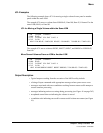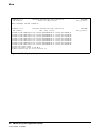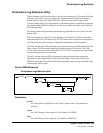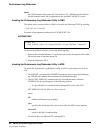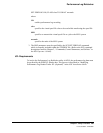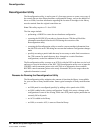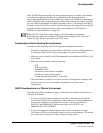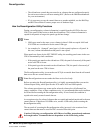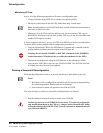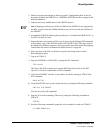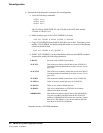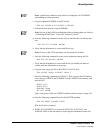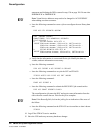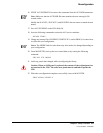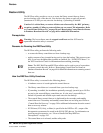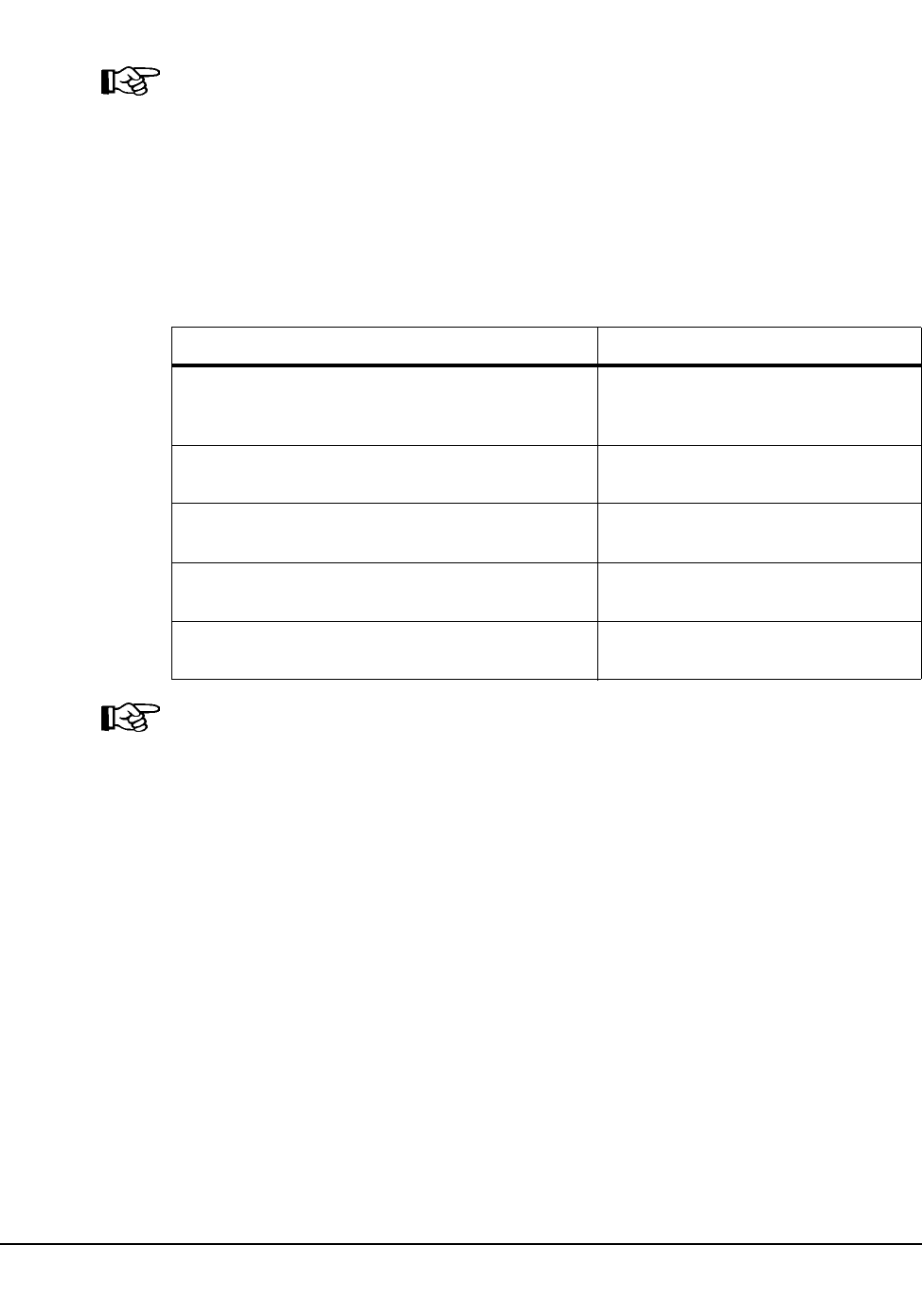
Chapter 4. Utility Functions 269
1st ed., 6/30/04 - 312579601
(including all commands used when automated mounts or dismounts are necessary)
need to be issued after the LSMs are brought online.
Note: ALL new control data sets (primary, secondary, and standby) must conform to the
library hardware.
I/O Considerations
Reconfiguration is I/O intensive. For this reason, it is highly recommended that you
reduce the number of scratch volumes as much as possible to shorten reconfiguration time.
Refer to “Minimizing I/O Time” on page 270 for more information. The following table
details I/O requirements for various situations.
Note: Shadowing is disabled during the reconfiguration process. If a new secondary CDS
is used, the final step of reconfiguration copies the new primary to the new secondary.
The quantities shown above represent most of the I/O done by reconfiguration. Depending
on the ratio of cells to volumes, and nonscratch to scratch volumes, the number of scratch
volumes can easily be the prime determinant of the number of I/O operations performed
by Reconfiguration.
Table 13. I/O Requirements
Condition: Number of I/Os:
For every volume in the old CDS that remains in the
new CDS (volumes remain if their home panels have
not been changed)
5
For every scratch volume in the old CDS that remains
in the new CDS
38-58 additional
For every errant volume in the old configuration that
remains in the new configuration
11 additional
For every cell in the old configuration that remains in
the new configuration
1 additional
For every panel in the old configuration that remains
in the new configuration
5 additional
Reconfiguration



